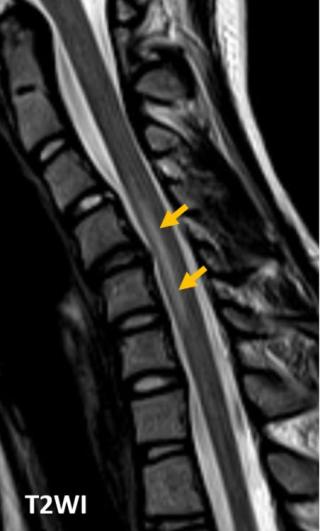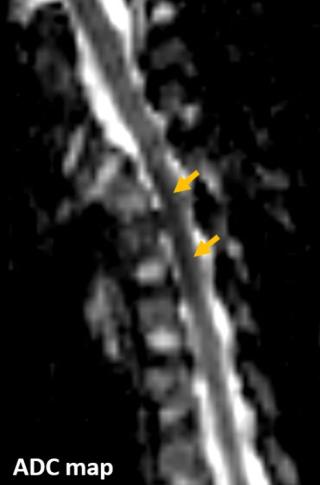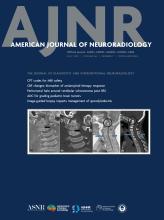Classic Case
Section Editors:
Anvita Pauranik, MD, University of British Columbia, Vancouver, British Columbia, Canada
Michael Travis Caton, MD, Mount Sinai South Nassau, New York
Simona Gaudino, MD, Università Cattolica del Sacro Cuore, Italy
Matthew S. Parsons, MD, Mallinckrodt Institute of Radiology, Missouri
Anat Yahav-Dovrat, MD, University of Toronto, Canada
March 27, 2023














